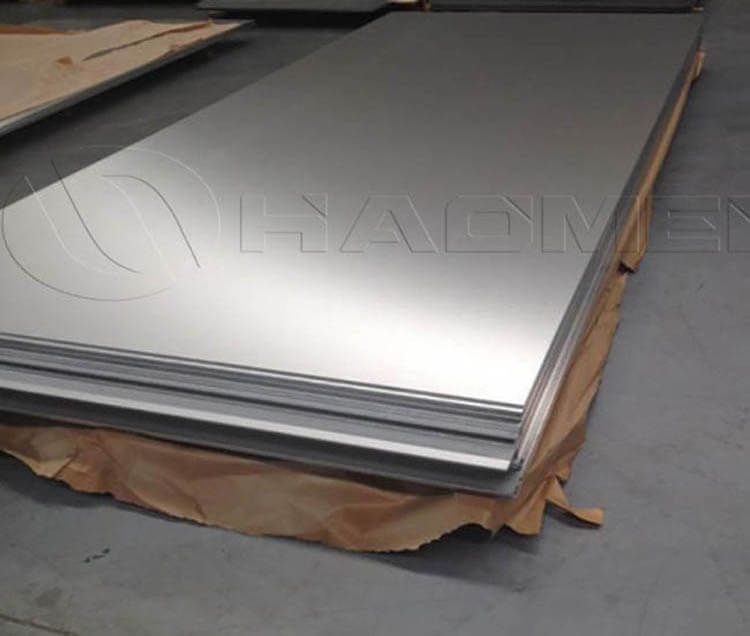What Are The Differences Between 5083 and 5383 Plate
5083 aluminum plate has high plasticity, toughness and corrosion resistance, especially in atmosphere, fresh water, sea water and other environments. At the same time, it has good welding performance and can be processed by various welding methods, such as manual arc welding, TIG welding, MIG welding, etc. In addition, 5083 aluminum plates also have excellent fatigue resistance and are suitable for structural components that withstand repeated loading and unloading.
Corrosion resistance is one of the important indicators for evaluating the performance of structures, especially in the aviation and navigation fields. 5383 plate has increased corrosion resistance and 10% higher impact strength than 5083. The yield point of the welded structure increased by 15%.

The characteristics of 5383 aluminum such as processing, forming, folding, shearing, and welding are almost the same as those of 5083, which makes 5383 alloy more advantageous in building larger and higher-speed ships.
Due to the addition of Zr element to the composition of 5083 alloy, the strength and recrystallization temperature of 5383 aluminum alloy are significantly increased. Therefore, compared with 5083 aluminum alloy, 5383 aluminum alloy has higher strength and better welding performance.
The main purpose of adding Mg element to 5383 aluminum alloy is to improve mechanical properties. If the mass fraction of Mg in aluminum-magnesium alloy exceeds 5%, the corrosion resistance will decrease significantly, and the situation will become more and more serious with the increase of Mg mass fraction. This is because β-phase aluminum-magnesium compound (Al8Mg5) is precipitated during the crystallization process.
When S lines appear in the weld, the corrosion resistance of the 5383 aluminum alloy friction stir welding joint is greatly reduced; there are three main factors affecting the corrosion resistance of the joint: magnesium segregation, micropores and manganese iron inclusions.
With the increase of stirring head pressure and rotation speed and the decrease of welding speed, the S line in the weld gradually shortens or even disappears, and the corrosion resistance of the joint is greatly improved, even higher than that of the base material.
Haomei Aluminum’s marine grade aluminum 5383 has the related class society certification like ABS, DNV, LR, RINA,etc. Welcome to leave message below to inquire what you need.
Original Source:https://www.marinealu.com/a/what-are-the-differences-between-5083-and-5383-plate.html
Tags: 5383 aluminum ,